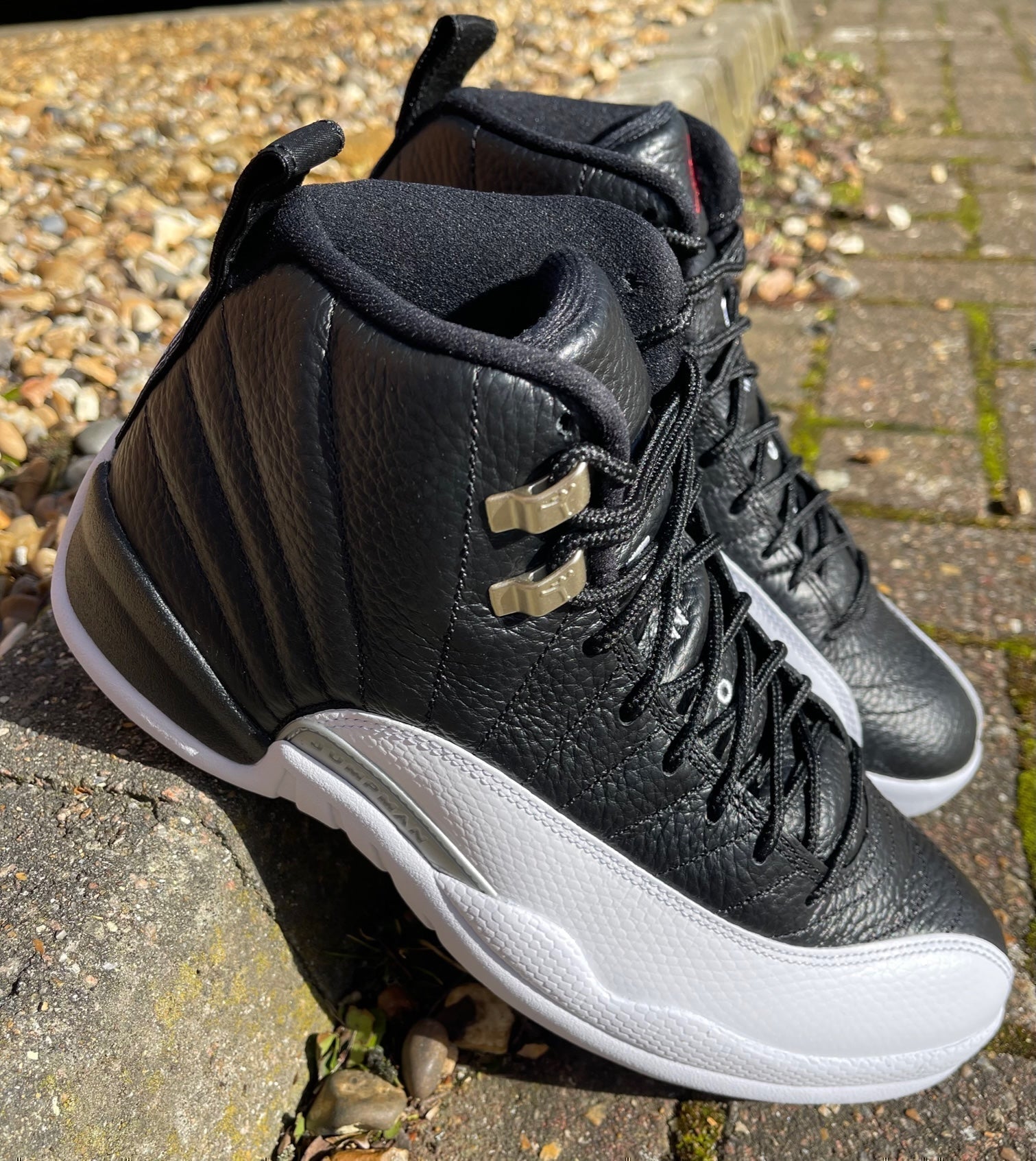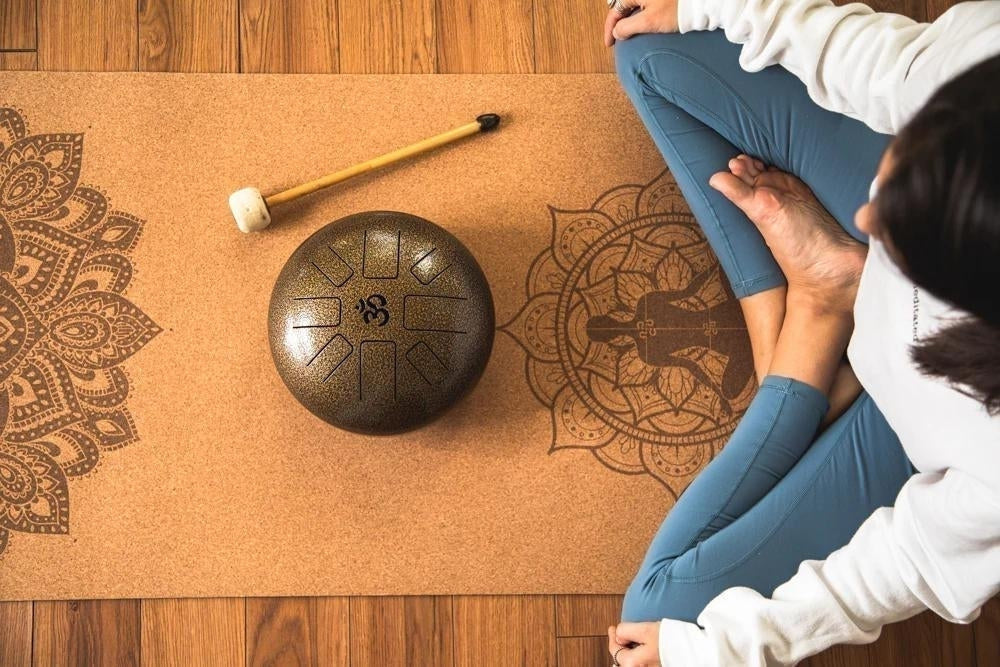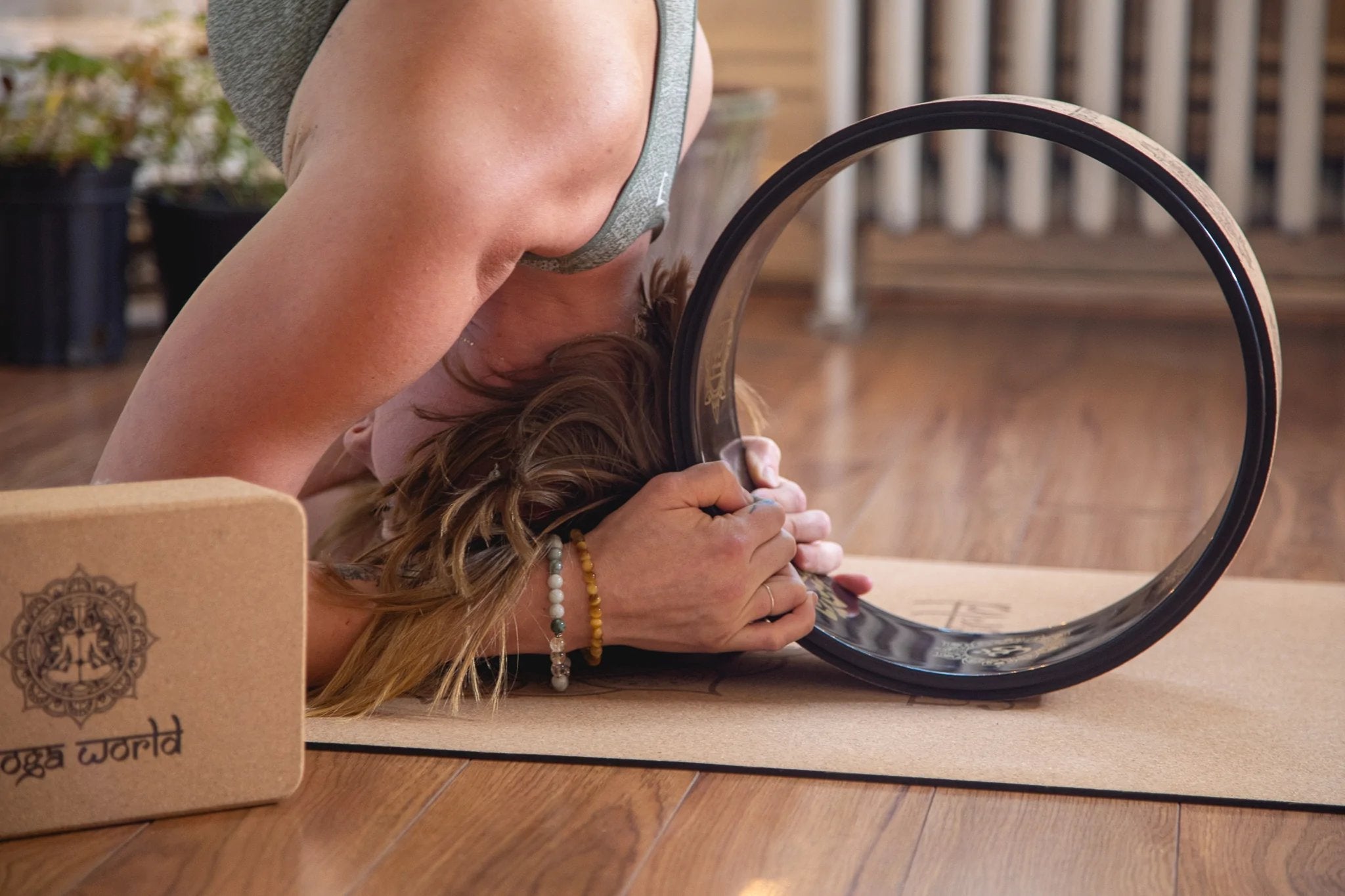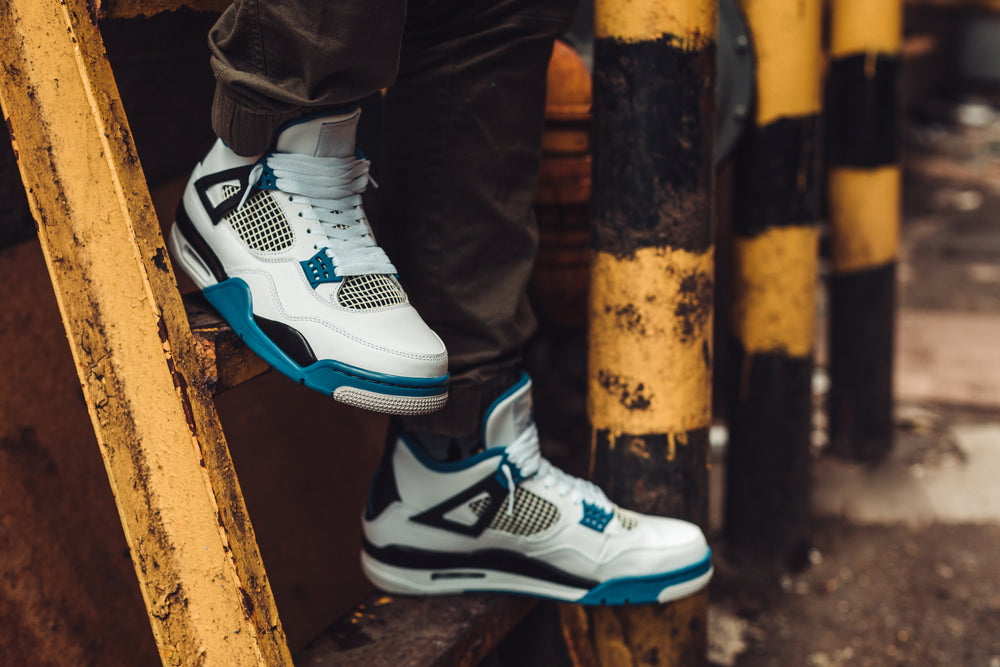The world’s most popular supplier of men’s branded shoes unveiled an innovative new design that allows people to take their shoes on and off without having to reach down. The new shoes, known as the Nike GO FlyEase use a bi-stable hinge which allows the heel of the shoe to click upwards, making them easier to put on and take off without compromising the stability and structure of the shoe. Designed with accessibility in mind, the initial design came from how people instinctively kick off their sneakers when they get indoors, with disabled athletes, women in the last trimester of pregnancy and parents with their hands full being mentioned by Nike as people they had in mind for the new trainer. The design, featuring a slipper style front locked to a more Jordan-esque heel and surrounded by a typical Nike mesh, is set to be available in three different colour patterns. Initially made available via invite, Nike intends to release the shoes more widely later in the year.
The Innovations Of Nike
Nike has naturally had its hand in several innovations when it comes to shoe design, even before Blue Ribbon Sports were even known as Nike. In 1970, co-founder Bill Bowerman managed to ruin his wife’s waffle iron and changed running shoes forever by creating a waffle soled shoe. This outsole was lighter and provided much better traction than other soles of the time. Nike as well had the first shoe with foam cushioning for better comfort whilst running with the Cortez in 1972. By 1978 they had created the Tailwind, the first running shoe with air pockets to aid with circulation Four years later, the Air Force 1 brought with it air pockets in the soles which allowed for better comfort and made it a highly desirable shoe for dunking. This would later lead to the highly popular Air Max brand which made the air pocket visible, as well as several enhancements such as 180-degree air units, as well as shoes with multiple multicoloured air units such as the Air Max 95 and a full-length air sole in the Air Max 97. The year 1984 brought with it the very first Air Jordans, a marque which thrived on its initial controversy and became one of the very first “statement” sneakers everyone had to own. By 2000, Nike had launched showed with a set of rubber columns which acted as shock absorbers for running. The Nike Shox trainers themselves became highly collectable. Flexible soles were introduced in 2004, which were intended to reduce injury by allowing feet to move more naturally. Five years later, a foam midsole was brought in to combine the freedom of the flexible sole with the shock absorption of the Shox. In 2017, two years after Nike released a real version of their Back to the Future Part II self-tying shoes, Nike released a set of actual self-tightening shoes that used sensors to keep snugly on the wearer’s feet.
The Innovations Of Nike
Nike has naturally had its hand in several innovations when it comes to shoe design, even before Blue Ribbon Sports were even known as Nike. In 1970, co-founder Bill Bowerman managed to ruin his wife’s waffle iron and changed running shoes forever by creating a waffle soled shoe. This outsole was lighter and provided much better traction than other soles of the time. Nike as well had the first shoe with foam cushioning for better comfort whilst running with the Cortez in 1972. By 1978 they had created the Tailwind, the first running shoe with air pockets to aid with circulation Four years later, the Air Force 1 brought with it air pockets in the soles which allowed for better comfort and made it a highly desirable shoe for dunking. This would later lead to the highly popular Air Max brand which made the air pocket visible, as well as several enhancements such as 180-degree air units, as well as shoes with multiple multicoloured air units such as the Air Max 95 and a full-length air sole in the Air Max 97. The year 1984 brought with it the very first Air Jordans, a marque which thrived on its initial controversy and became one of the very first “statement” sneakers everyone had to own. By 2000, Nike had launched showed with a set of rubber columns which acted as shock absorbers for running. The Nike Shox trainers themselves became highly collectable. Flexible soles were introduced in 2004, which were intended to reduce injury by allowing feet to move more naturally. Five years later, a foam midsole was brought in to combine the freedom of the flexible sole with the shock absorption of the Shox. In 2017, two years after Nike released a real version of their Back to the Future Part II self-tying shoes, Nike released a set of actual self-tightening shoes that used sensors to keep snugly on the wearer’s feet.














Leave a comment